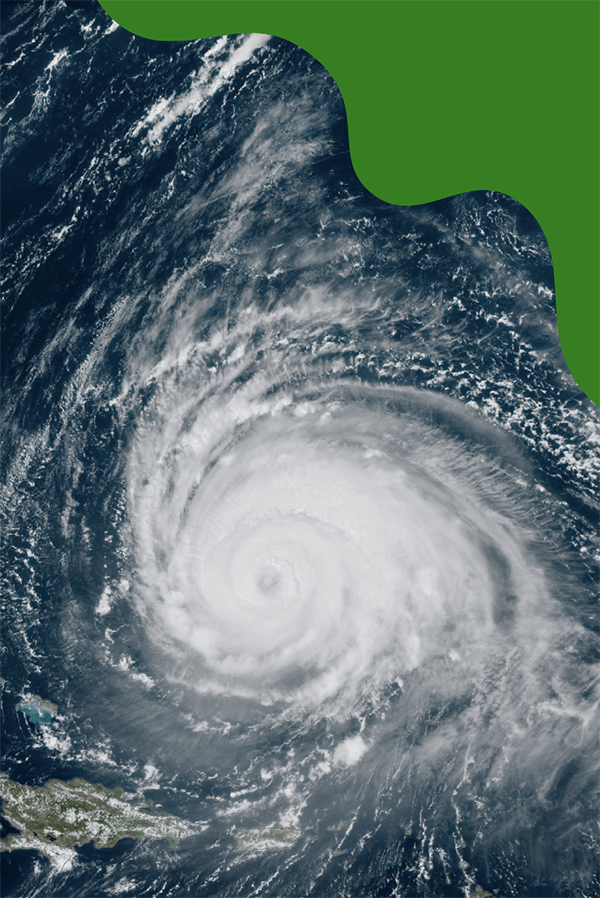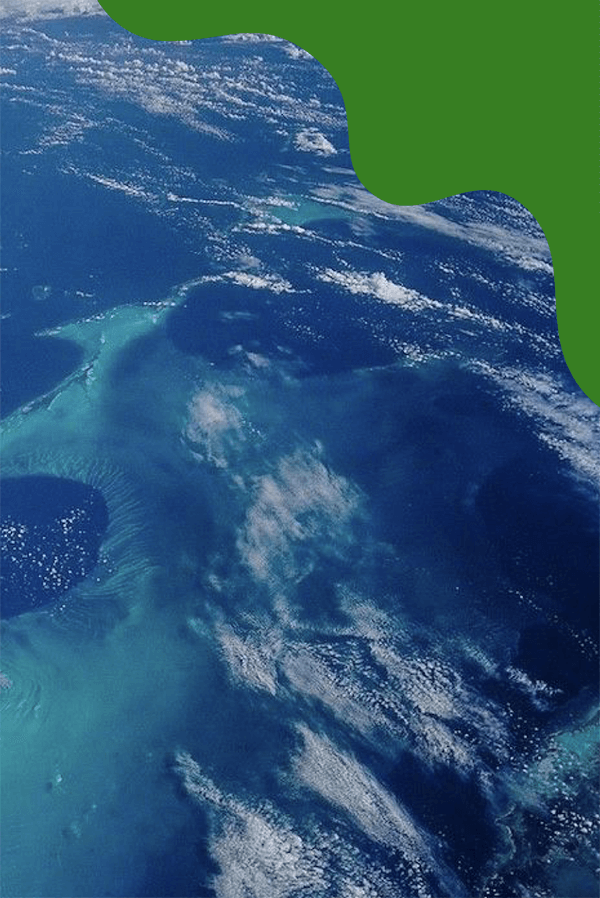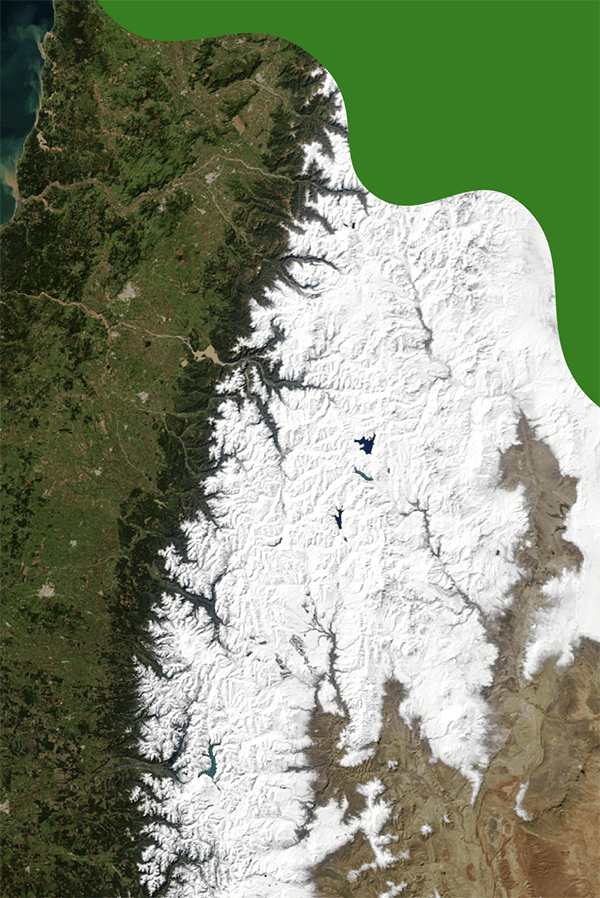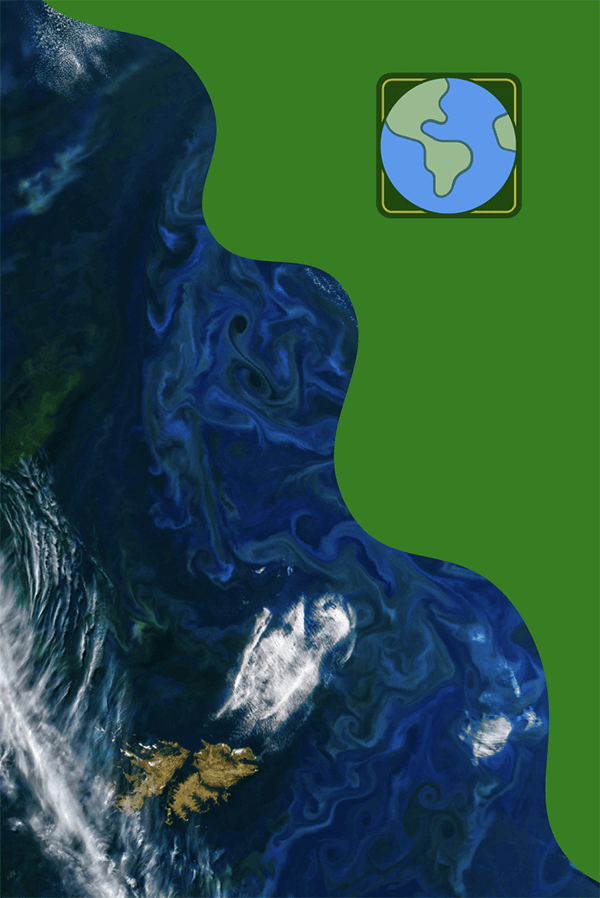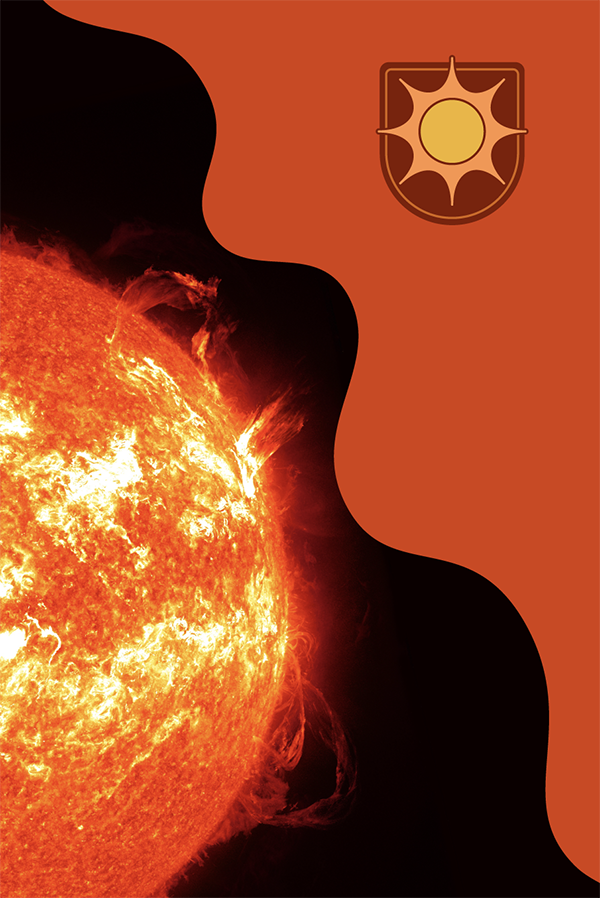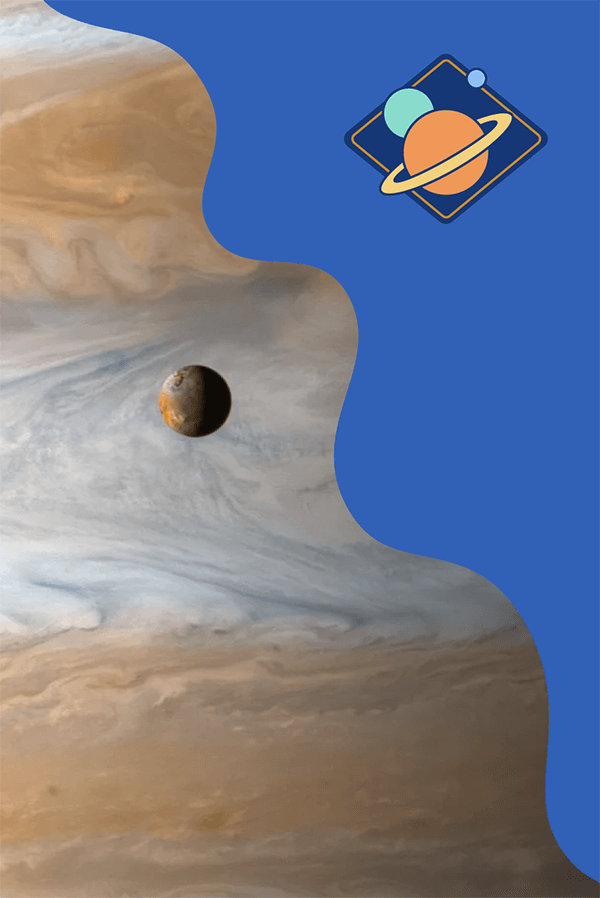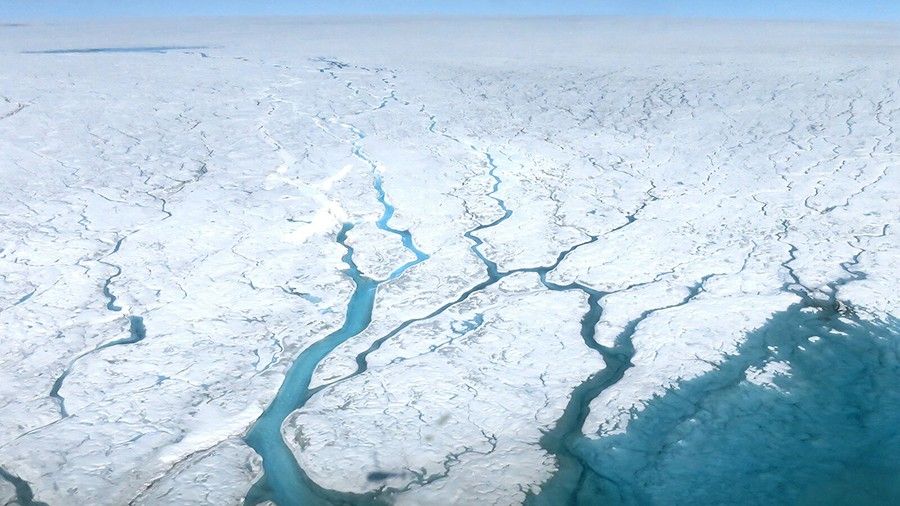

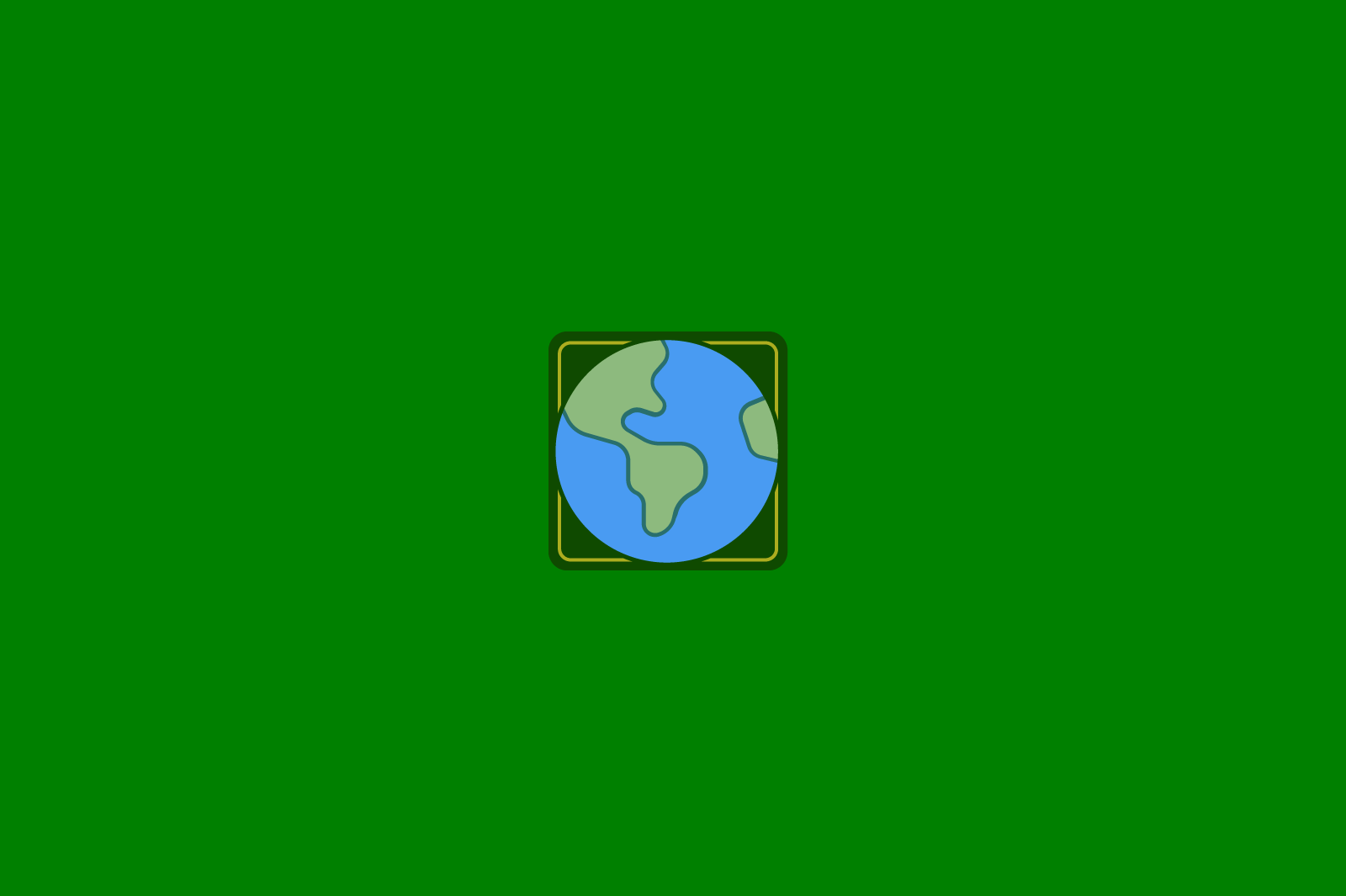
What Is Climate Change?
Climate change describes a change in the average conditions over a long period of time. These include changes to things like temperature or rainfall. Scientists have been observing Earth for a long time. They use satellites and other instruments to collect information about Earth. This information shows that the planet is warming. And that warming is impacting Earth's climate.
Weather vs. Climate
Weather describes the conditions outside right now in a specific place. For example, if you see that it’s raining outside right now, that’s a way to describe today’s weather. Rain, snow, wind, hurricanes, tornadoes — these are all weather events.
Climate, on the other hand, is more than just one or two rainy days. Climate describes the weather conditions that are expected in a region.
Is it usually rainy or usually dry? Is it typically hot or typically cold? A region’s climate is determined by observing its weather over a period of many years. Generally 30 years or more is used.
So, for example, a week of rainy weather wouldn’t change the fact that Phoenix typically has a dry, desert climate. Even though it’s rainy right now, we still expect Phoenix to be dry because that's what is usually the case.
Want to know more about the difference between weather and climate? Take a look at this video.
What Is Climate Change?
Climate change describes a change in the average conditions over a long period of time. These include changes to things like temperature or rainfall. For example, 20,000 years ago during the last ice age, much of the United States was covered in glaciers. That would be a much colder climate than what we are used to today.
When changes happen that impact the entire planet, it is called global climate change. These changes include warming global temperatures and shifts in precipitation. Plus, when the planet warms, it affects other parts of the Earth, such as:
- Rising sea levels
- Shrinking mountain glaciers
- Ice melting at a faster rate than usual in Greenland, Antarctica, and the Arctic
- Changes in flower and plant blooming times.
Earth’s climate has constantly been changing — even long before humans came into the picture. However, scientists have observed a shift in the speed at which Earth’s climate is changing. Previously, it has taken thousands of years for Earth’s climate to switch between more ice and less ice. But now, observations show that Earth's temperature is increasing much more quickly.
How Do Scientists Know Earth’s Climate is Changing?
Scientists use instruments in space, on airplanes, and the ground to track Earth. These can be things like weather stations or even space lasers that measure the height of land and ice. When collected over time, these measurements help scientists understand what changes are happening.
Watch this video to learn how scientists can use new and old pictures to keep track of Earth’s changes over time!
To better understand how changes today compare to those in the past, scientists have to dig a little deeper. Earth keeps its own climate record for us through things that have been around a really long time. These are things like the bottom of the ocean or the Greenland and Antarctic ice sheets.
Over time, these places build layers that capture information from when they formed. Scientists will drill down and take cylinder-shaped samples. These are known as sediment cores and ice cores. Sediment cores come from the bottoms of lakes or the ocean floor. Ice cores are from deep — sometimes miles deep — below the surface of the ice in places like Antarctica.

How Is Earth’s Climate Changing Right Now?
Some parts of Earth are warming faster than others. But on average, global air temperatures have gone up more than 2 degrees Fahrenheit in the past 100 years. In fact, the past five years have been the warmest five years in centuries.
As Earth continues to warm, it impacts Earth’s weather and climate. Scientists have already observed changes in several ways. The warmer temperatures have led to more intense and more common heat waves. Melting ice sheets and glaciers and ocean warming have led to sea level rise along the coast. And changes in rainfall have made droughts and floods more intense.
What Causes Climate Change?
There are lots of factors that can contribute to changes in Earth’s climate. However, scientists agree that Earth has been getting warmer over the past 100 years. They found that this warming is due to an increase in greenhouse gases in the atmosphere.
Greenhouse gases in Earth’s atmosphere trap some of the heat from sunlight. This is called the greenhouse effect. These gases keep Earth warm like the glass in a greenhouse keeps plants warm.
Things we do, such as burning fuel to power factories, cars and buses, are changing the natural greenhouse. These changes cause the atmosphere to trap more heat than it used to, leading to a warmer Earth.
How Do Scientists Use Satellites to Understand Climate Change?
NASA’s Earth observing-satellites collect information about our planet. These include the atmosphere, water and land. By looking at this information, scientists can see how Earth is changing over time. This helps us understand how Earth is connected through its global climate.






































